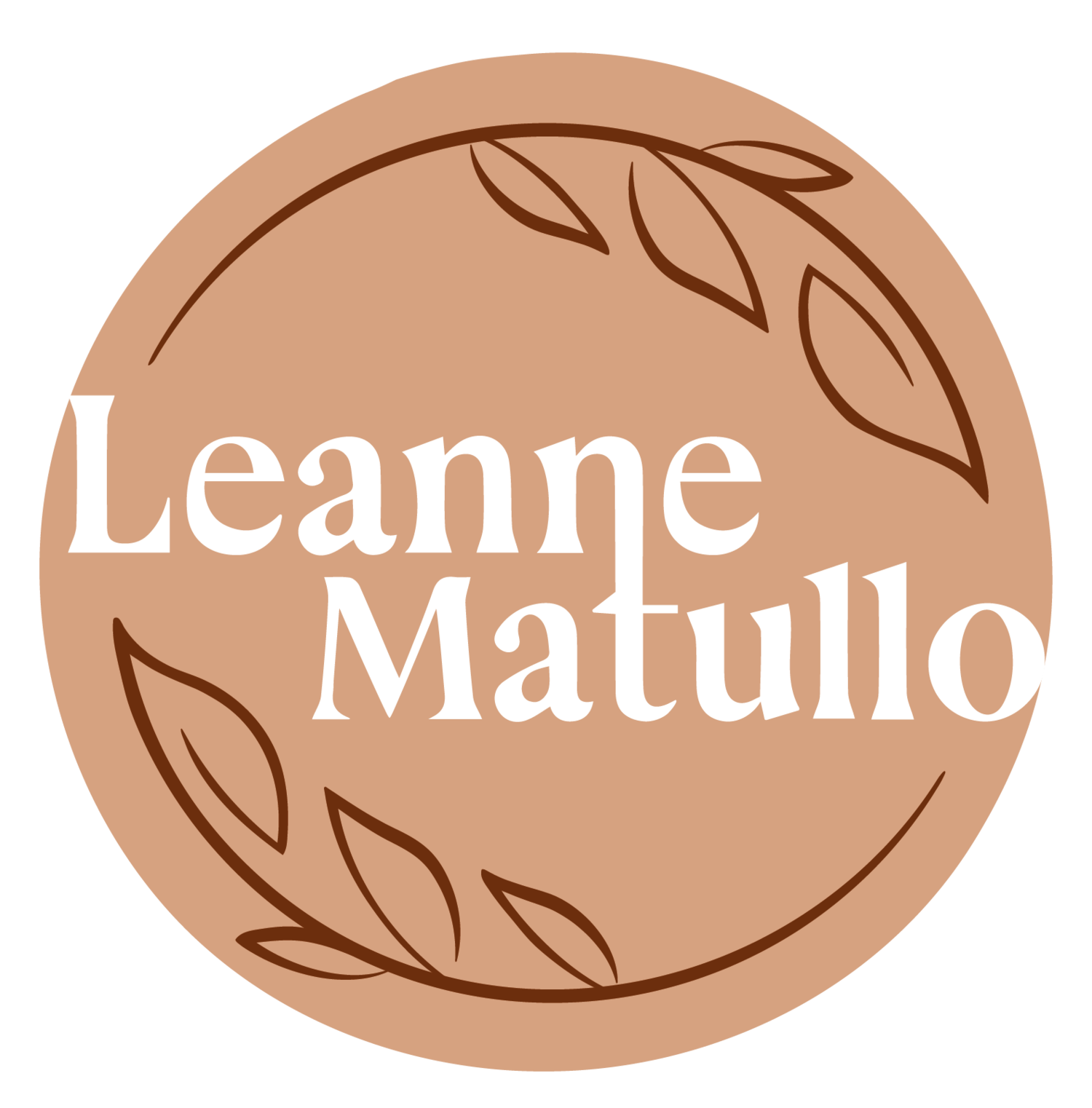What is Pranamaya kosha? The beginnings of subtle anatomy.
As its result, the veil over the inner Light is destroyed. - Yoga Sutras of Patanjali. Book II. Sutra 52.
Patanjali, who dictated the Yoga Sutras thousands of years ago, is referring here to pranayama practice or learning to regulate the breath (i.e. breathwork). That’s a pretty powerful statement, no? That with consistent practice, the veil over the truth of you who are is not only lifted, but destroyed.
Where does this veil come from? Mental darkness. The inner light of awareness is always there through that darkness.
I have a memory teaching this Sutra when I owned a brick and mortar studio years ago. I remember guiding the movements (asana), but really emphasizing the flow of breath. One reason we do asana is so that we can fully experience the breath in the body, which affects the health of every other layer. Breath is prana. Prana is life force energy.
Pranamaya kosha is the next kosha inward. Last week we looked at the Annamaya kosha, the most dense of the all the layers and we’ll gradually work our way to the most subtle. When we speak of subtle anatomy, this is what we are talking about - the innermost layers of what it means to be human, incorporating koshas, chakras, doshas, nadis and so on.
Pranamaya kosha refers to the breath body, or the energy body. I often say that I live and work in the world of energy. And of course we are all energy made dense. Understanding the health of the pranas is a big part of yoga therapy practice, which is to say that we are learning to feel and read energy with ourselves and with others. Anyone can learn to do this with enough practice and right intention.
To explore the health of your Pranamaya kosha, you might begin to witness your own breath as a step to check-in with energy. Right now, in this moment:
Is your breath short or shallow?
Is it deep and full?
Do you breathe only from the chest?
Do you feel the breath expand the ribs and the belly? Does that feel constricted at all?
Is the breath smooth? Is it jagged or sticky?
All pranayama, or breath practice, is guiding the breath to a place that is deep, full, even, gently lengthening the inhalations and exhalations and often allowing for longer pauses between the breath. To me, an advanced practitioner is one who can breathe and breathe well. The breath is a portal to stillness, peace, and a gateway to true meditation practice, beyond mindfulness (which is a good step). We enter a sattvic state, experiencing a harmonious presence.
Know that prana travels among several internal highways, known as the nadis, within the body. And know that it has different directions known as the five vayus - prana, samana, udana, apana, vyana. This is subtle anatomy at play - you won’t find these channels or directions on any imaging technology (at least not yet), but that doesn’t mean they aren’t there. In fact, when you experience them, there’s an aha!
In order to bring nourishment to Pranamaya kosha, we need not gravitate towards the most intense nor the most challenging breathwork practices out there (though, my goodness they are trendy!). In fact, moving into a practice that holds the breath for too long, pumps the breath, has you breathing quickly or erratically without a guide…that can be quite dangerous to a nervous system longing for balance.
What can you do for Pranamaya kosha?
To start, practice a simple Sama Vritti, equal part breath. Breathe in for a count of 4, and gently breath out for a count of 4. Practice for a few minutes. Gradually increase to counts of 6:6, 8:8, maybe even 10:10. You might also practice a gentle inhale for 4, followed by an exhalation of 8. No holds, no “box breathing” (not yet).
Then, consider your connection with nature and the five elements (earth, water, fire, air, ether). Nature has a profound effect on the energy body - soaking in the sunlight, witnessing the breeze or the wind, feeling the water, listening to the sounds. The breath often deepens here. The energetic capacities expand.
And, if you’re curious to know more, just ask. In private yoga therapy practice, we go into breathing techniques that are right for your needs, often coupled with mantra. I will be taking on new private clients in person and online! In the upcoming Afterglow Perinatal Yoga Training, we’ll also be teaching providers safe breath practices to support their clients.
I read all of your emails and love your reflections. If you have five minutes, please do write to me with your experiences and thoughts. I respond to every word.
Jai Ma.
With love,
Leanne









